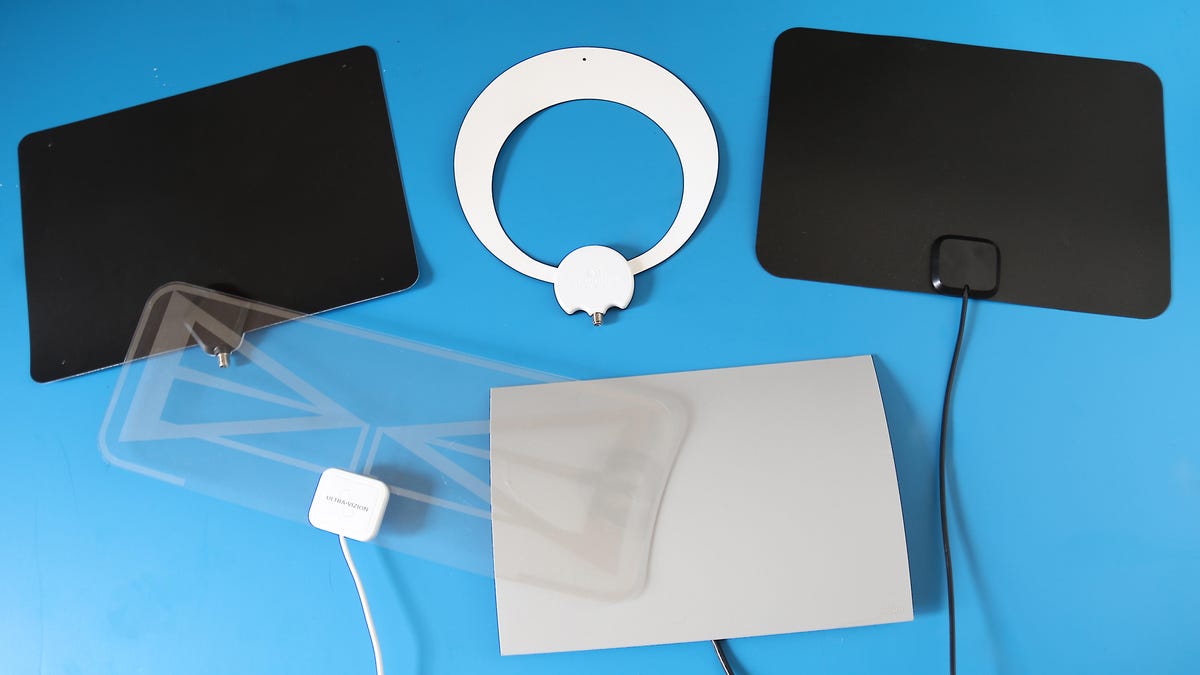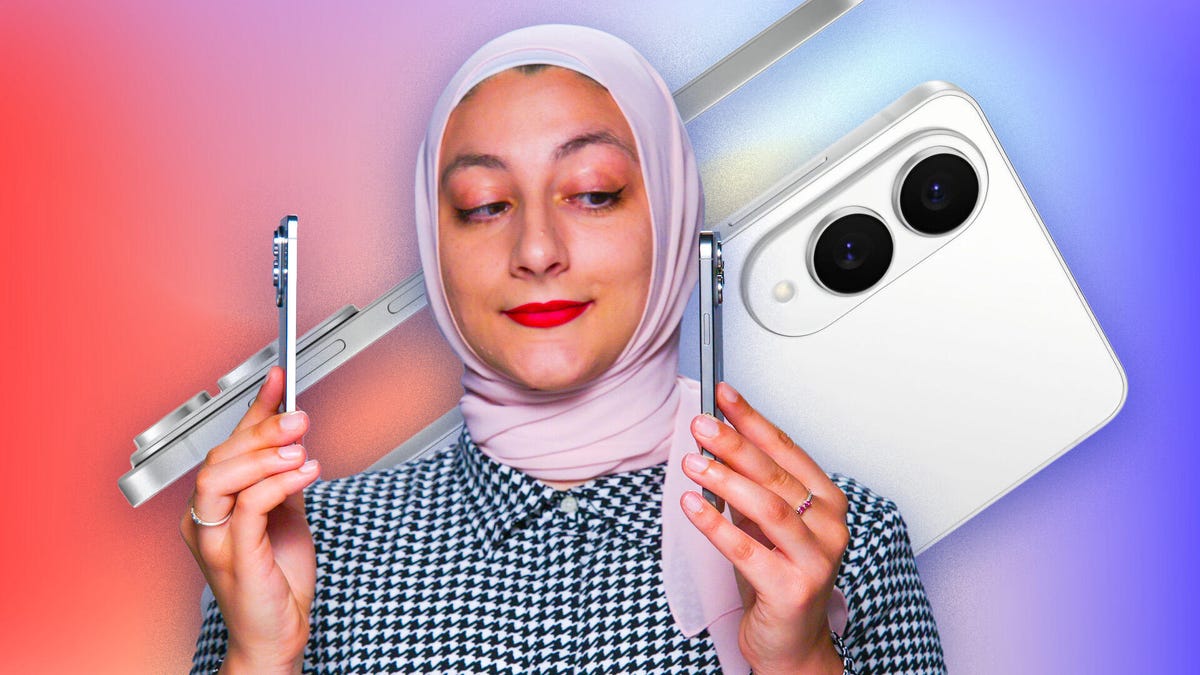Top antennas testing results
| Price | No. of channels (NYC) | No. of channels (LA) | No. watchable test channels (out of 14) | |
|---|---|---|---|---|
| Antennas Direct Clearstream Eclipse | 40 | 104 | 70 | 11 |
| Btfdreem Smart TV Antenna — Amplified | 29 | 81 | 104 | 11 |
| Channel Master Flatenna | 29 | 98 | 86 | 11 |
| Gesobyte Amplified HD Digital TV Antenna — Low | 30 | 92 | 116 | 13 |
| Mohu Gateway | 35 | 104 | 128 | 11 |
| Mohu Leaf | 35 | 102 | 131 | 12 |
| Ultra Vizion HD Digital TV Antenna | 44 | 104 | 69 | 10 |
We’ve tested dozens of antennas over the past 10 years with a view to finding the best performance and ease of installation for the least amount of money. Compared to a live TV streaming service, OTA TV does have some restrictions, namely, it is usually confined to a single television, and the broadcast signal from an OTA TV antenna won’t work on phones or other devices. Thankfully, you can kick it up a notch with an OTA DVR with networking capabilities and dedicated apps. Our favorite right now is the Tablo 4th Gen.
When you’re buying a TV antenna the two things you desire most are: the most number of channels available, and the best reception or picture quality. In our tests, we wanted to find the antennas which were able to pull in more channels than the others, and which also delivered stronger, clearer TV signals, even on “problem” channels. Using the TiVo Edge as our test machine, we hooked up each antenna in turn and tested how many total channels we could receive in both our LA and New York locations. The Edge lists the signal strength of each channel, and while a signal strength reading of 70% usually means it’s watchable we watched all of the predetermined test channels (below) to determine the signal quality. In deciding a winner, we tried to find the antenna which had the best performance with both line of sight and without.
Testing an antenna by searching for channels using the TiVo Edge
With that in mind, we tested seven different indoor antennas with prices ranging from $29 to $50 (all much less than the most basic cable TV service). Here are the seven TV antennas we looked at:
While most of the antennas were made by “name” manufacturers, the Gesobyte and the Btfdreem were chosen specifically because they were two of the highest-selling antennas on Amazon, though the latter is currently unavailable as of May 2025.
In my test site in Upper Manhattan, I have a direct line of sight to the broadcast tower located in the Empire State Building.
Much like real estate, how well a TV antenna works is based on location, location and location. We tested the antennas in two main places: in uptown Manhattan, New York with a line of sight to the broadcast tower six miles away, and in Reseda California, at least 10 miles from the closest tower (though no line of sight). Depending on your own location, for instance, you might receive broadcasts from multiple antennas. In addition, hills or large buildings in the way will affect the frequency range and reception of TV channels.
We situated each antenna in the same spot each time and connected it to the TiVo Edge, which gives signal strength data as well as a total channel count. We used two different metrics to determine which TV antenna performed best. The first was a raw measure of the number of channels the antenna could detect, while the second involved several predetermined “problem channels.” For these, we consulted a list of channels culled from various forums, for both testing areas, and gauged how well the antennas pulled in each channel.
The TiVo Edge is a now-discontinued OTA recorder for cord-cutters.
Our list of “problem” channels in Manhattan was WABC 7.1 (ABC), WNET 13.1 (PBS), WPIX 11.1 (CW — Manhattan only) and WNJB 58.1 (PBS — New Jersey only). In addition, we added popular channels CBS 2.1, WNBC 4 (NBC), and WNYW 5 (Fox). Meanwhile, we compiled a list of channels in LA including KCBS 2.1 (CBS), KNBC 4.1 (NBC), KTLA 5.1 (CW), KABC 7.1 (ABC), KTTV 11.1 (FOX), KCOP 13.1 (MyNetwork) and KCET 28.1 (PBS).
While the outcome will vary depending on where you live and how far you are from TV towers, in our tests the best-performing models received the greatest number of popular channels as well as local channels, radio broadcasts and Spanish-language stations.
Most of the TV antennas were based on the same rectangular design, but there was one important consideration: the cable. Did the antenna have a long, high-performance coaxial cable or, even better, a detachable one? You’ll be sticking one of these in your window, which could be a long way from your TV, so longer is better.
It’s worth noting that some of these antennas — the Btfdreem, Gesobyte and the Ultra Vizion Plus — included gain-boosting amplifiers. Based on our experiences in several locations over the years, amplifiers can affect signal strength in wildly unpredictable ways. The Ultra Vizion wouldn’t work at all with the amp attached, while the others did. The numbers printed above are the best results with or without amplification. If you can’t get TV reception with an indoor antenna, a gain amp may not actually help you, and in other cases, it could make your reception worse by overloading channels that already have a strong signal.
Several antennas in our list include a powered amplifier, but use thoughtfully, as these may actually make a strong signal worse.




